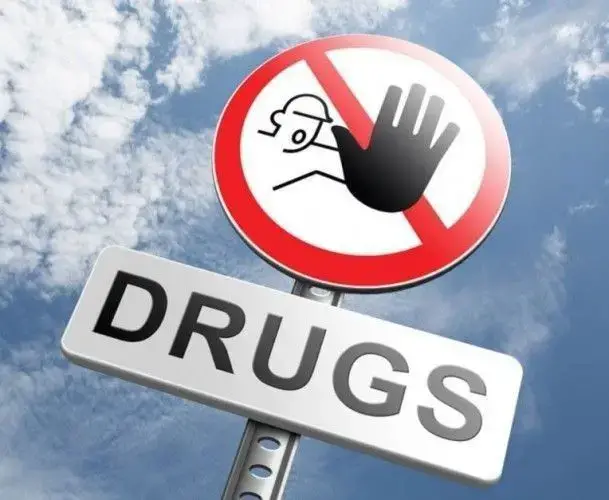A recently released UN World Drug Report states that coca cultivation in Peru has increased for the fourth year in a row . The prevailing triumvirate of coca-growers in the region has been Colombia, Peru and Bolivia, with Colombia being the region’s major producer.
Peruvian authorities have been quick to critique the UN report, explaining that these findings aren’t as alarming as they seem. However, the report could prove to be disastrous for President Alan Garcia and his APRA party as the country begins its election campaign season; Peru is scheduled to hold the first round of its general election in April of 2011.
The report lets the world know what is common knowledge among Peruvian politicians, members of its security forces, and the more informed general public: drug production and trafficking is the top internal security problem that the Andean country faces today.
A plethora of local media reports highlight how drug trafficking is spreading throughout the country. Aside from local mafias, there are reliable indications that international cartels, such as those operating in Mexico, are expanding their influence in the South American country.
Finally, there is the problem of Shining Path (Sendero Luminoso/SL). The terrorist group that took up arms against the government in 1980 continues to operate although all of its major leaders, including its founder Abimael Guzman, are either imprisoned or dead. The group is now considered a “narco terrorist” organization, as it resorts to systematized drug trafficking to fund its operations, which include attracting new members with payment from drug earnings.
It is unclear to what extent the last remnants of Shining Path (dubbed Proseguir) remain faithful to the organization’s original ideology. Nevertheless, it is clear that drug production and trafficking is not an isolated problem in Peru; it has international ties. Aside from the Mexican connection, for several years there have been rumors about an “unholy alliance” between the Colombian FARC and Sendero Luminoso. It is unclear whether this link has actually been institutionalized or is likely to develop, but it potentially poses a serious danger for both Peru and Colombia. In March, President Garcia minimized a potential alliance between both terrorist groups.
“Narcoterrorism,” rather than just “drug trafficking,” is a fitting word to portray internal security threats in contemporary Peru. While small elements of Shining Path are currently located in the valley of the Apurimac and Ene Rivers (VRAE in Spanish), a May report in the daily El Comercio argues that Shining Path troops in the VRAE (lead by “comrade Jose”) may be trying to expand out of the area into the Huallaga region, where another faction (lead by “comrade Artemio”) has recently been operating. The reason for this, according to retired Peruvian Army General Eduardo Fournier, is that “Jose” wants to prevent any further eradication of coca fields by Peruvian security forces.
Narcoterrorismo en VRAE – Perú (Parte 1 de 2) (in Spanish)

Reply